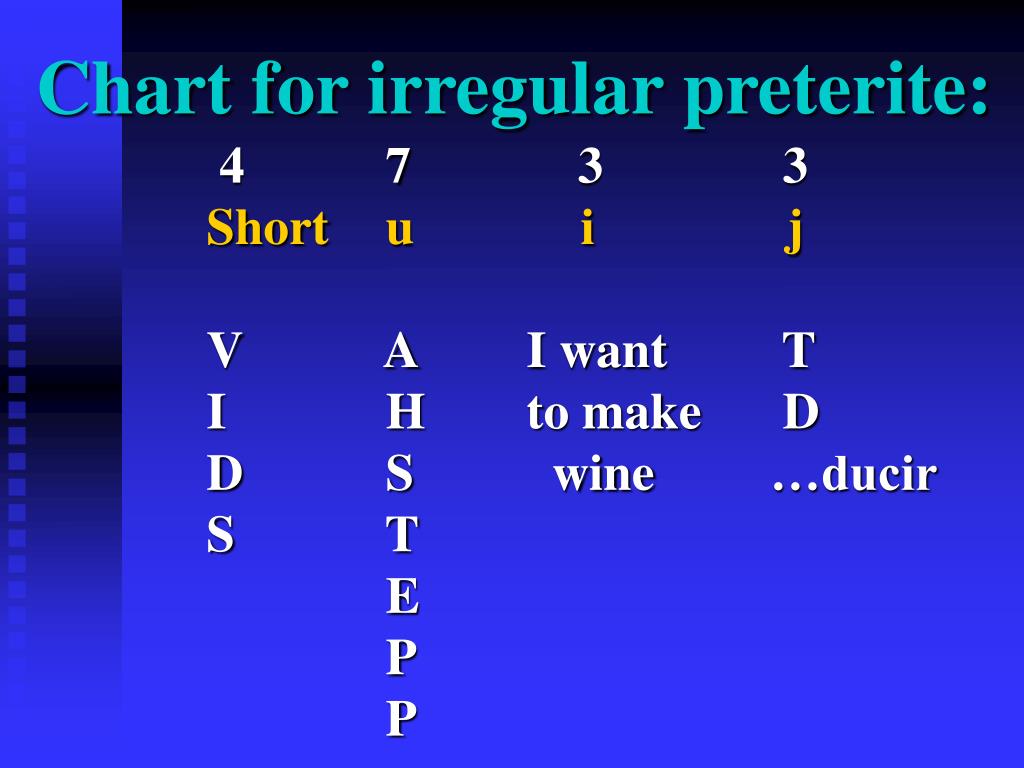

In Intermediate dar, we will look at some of the more underground conjugations to create two verb sentences that enable us to talk about hypothetical situations. Spanish Conjugation of Dar for Intermediate Let’s start theory classes on the next level of using dar and keep practicing. There you have it! You have graduated from beginner dar usage to intermediate dar usage. Daba clases de inglés en la Universidad ( I used to give English classes at the university ).Daremos cien dólares a la iglesia ( We will give 100 dollars to the church ).Te dio una carta? ( Did he give you a card ?).Le doy mucha atención ( I give him/her a lot of attention).


Check out these example sentences of the verb dar below and then try some on your own! Let’s put what we just learned in practice. Again, they only require the use of one conjugated verb (I give, I gave, I’ll give, and I used to give…) Beginner Example Sentences Using Dar The above four tenses cover some of the most basic conversation skills. Di and daba both mean I gave but the first is a concrete period in time (I gave her my homework) and the latter occurs over a longer period of time (I gave private lessons in high school). HERE’S THE DEAL: The imperfect implies that a certain action took place over an extended period of time in the past. To make sure you are not confusing your tenses, we break down an important concept of time when it comes to using the verb dar in the past tense. Most English speakers struggle when trying to use this tense correctly. Lastly, check out the conjugation of the verb dar in the imperfect tense in the final column. Instead, the infinitive verb is modified to include the notion of future and conditional (I’ll give = daré, He would give = daría). NOTE: It is important to remember that the auxiliary verbs will and would do not exist in Spanish. There is an important note here, however, so take a look at some additional information below about the notion of the future tense in Spanish. Next, skip over to the conjugation of the verb dar in the future tense in the third column – not too scary I hope. (For more on irregular verbs using da r, check out the scary red text in the link attached.) As shown in the green text in our chart above, you will find most of the irregularities in the present tense and past preterite tense of dar.
Decir preterite endings how to#
In Beginners dar, we will start with the conjugations of the most commonplace tenses (I give, I gave, I’ll give, and I used to give…) Then, we will show example sentences with one verb construction.įirst, take a look at the first two columns to see how to use dar in the present tense (yo doy) as well as how to use the verb dar in the past tense (yo di).ĭar is one of the most common verbs in Spanish, which makes it susceptible to irregularities in its conjugation. Today, on the other hand, it has taken on a more intimate meaning as in blessed or well endowed in a more… physical way! Actually, the Spanish word don means a gift, such as “Tienes un don por los idiomas”or “ You have a gift for languages”!įunny enough, “bien dotado” or gifted used to mean a husband who inherited a lot of land and cattle. Yep, you guessed it- that’s where we get our beloved verb dar, to give! The Indo-European root do– eventually became dare in Latin, and from here we inherit lots of fun words- donors, donation, data, and adoption. Now let’s break down the secrets of the world of conjugation!Īre you familiar with the antiquated term dowry, or the amount of money or property brought to her husband upon marriage?
Decir preterite endings plus#
In this article, I have a created a powerful outline for you to learn the most common conjugations of the Spanish verb dar in the different tenses above, plus definitions and practical colloquial expressions of dar that you can ACTUALLY use. If I had given, I would have… (si hubiera dado, habría dado) “ I go, I went, I will go, I used to go…”įor the verb dar, I laid out the most commonplace uses by difficulty level:ĥ.They range from very simple matters-of-fact to more hypothetical scenarios, such as: We tend to overthink language, and while it is infinitely complex, there are really only six different ways we use verbs on a daily basis.

If you’re an avid language learner like me, then you’d agree that just scanning conjugation tables is impersonal and overwhelming. In this guide you’ll learn everything you need to know about dar conjugation and how to conjugate dar in Spanish. Dar (to give) is one of the most common verbs in Spanish, yet one of the most misunderstood! This is why the verb dar deserves its own personal guide. If you’ve ever heard Pitbull yell “¡ Dale!” in one of his songs, then you have most certainly interacted with the Spanish verb dar.


 0 kommentar(er)
0 kommentar(er)
